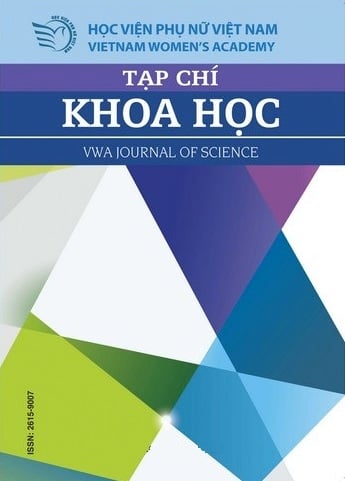[1] Bloemen, H. G. (2004). An empirical model of collective household labour supply with nonparticipation (No. 04- 010/3). Tinbergen Institute Discussion Paper
[2] Chiappori, Pierre-Andre. (1992). “Collective labor supply and welfare.”Journal of political Economy 100, no. 3 (1992): 437-467.
[3] Chiappori, Pierre-Andre, Bernard Fortin & Guy Lacroix. (2002). “Marriage market, divorce legislation, and household labor supply.” Journal of political Economy 110, no. 1 (2002): 37-72.
[4] Colombo, A. W., Karnouskos, S., Kaynak, O., Shi, Y., & Yin, S. (2017). Industrial cyberphysical systems: A backbone of the fourth industrial revolution. IEEE Industrial Electronics Magazine, 11(1), 6-16.
[5] Dagum, C. (2014). Income distribution models. Wiley StatsRef: Statistics Reference Online.
[6] Donni, O. (2003). Collective household labor supply: nonparticipation and income taxation. Journal of Public Economics, 87(5-6), 1179-1198.
[7] Fortin, B., & Lacroix, G. (1997). A test of the unitary and collective models of household labour supply. The economic journal, 107(443), 933-955.
[8] Gujarati, D. N. (2011). Econometrics by example/Damodar Gujarati (No. 330.015195 G84.). ILO. (tháng 5/2018). Cách mạng công nghiệp 4.0 tại Việt Nam: Hàm ý đối với thị trường lao động – Tóm tắt chính sách của Việt Nam. Lấy từ: file:///E:/BAI%20VIET%202019/lao%20dong%20nu%20voi%20 DN%20FDI/ILO-CMCN%204.0%20hàm%20ý%20với%20thị%20trường%20LĐ.pdf
[9] Kleiber, C. (2008). A guide to the Dagum distributions. In Modeling income distributions and Lorenz curves (pp. 97-117). Springer, New York, NY.
[10] Laroque, G. (2005). Income maintenance and labor force participation. Econometrica, 73(2), 341-376.
[11] Nguyễn Đức Lộc. (2012). Vấn đề di dân và kiểm soát rủi ro của người công nhân tại các khu công nghiệp tỉnh Bình Dương. Tạp chí phát triển nhân lực, số 3(29).
[12] Prisecaru, P. (2016). Challenges of the fourth industrial revolution. Knowledge Horizons. Economics, 8(1), 57
[13] Raffaelli, T. (2003). Marshall’s evolutionary economics. Routledge.
[14] Salway, S., Rahman, S., & Jesmin, S. (2003). A profile of women’s work participation among the urban poor of Dhaka. World Development, 31(5), 881-901.
[15] Tổng cục Thống kê. (2018). Số liệu thống kê – Dân số và Lao động. Lấy từ: https://www.gso.gov.vn
[16] Tổng Liên đoàn Lao động. (2018). Số liệu thống kê báo cáo khảo sát tình hình lương, đời sống lao động cả nước năm 2018 – Viện Công nhân và Công đoàn. Lấy từ: http:// www.congdoan.vn/
